If there’s one thing we know about rare diseases, it’s that their prevalence is not so rare. Globally, nearly 400 million people are affected by upwards of 7,500 rare diseases – 95% of which have no FDA-approved treatments, and about 80% are genetic. Nearly three quarters of rare diseases manifest in children, and 1 in 15 children are born with a rare disease.
Two of those children, Lucas and Wesley, were diagnosed with the same condition – Menkes disease – but their journey to that diagnosis looked very different.
“Lucas was my first child, so we had the naïveté of new parents to add to the mix of whatever warning signs there might’ve been,” said Daniel DeFabio, Lucas’s father. After successful treatment of a skull fracture in the occipital horn area at birth, Lucas began showing developmental delays and regression.
“At nine months, it was very clear that we needed a genetic diagnosis. Fortunately, we happened to see a geneticist who had seen two previous families with Menkes disease, so it didn’t take them long to say, ‘I'm going to look for a copper-related disorder,’” said DeFabio. Lucas was diagnosed with Menkes disease at 1 year old, but sadly, he passed away at 11 years old in June 2020.
“Wesley, who exhibited signs and symptoms of Menkes disease at birth, underwent diagnostic procedures including MRI, CT scan, EEG and lab testing, with none touching on mineral deficiencies,” shared Jamie Eckman, Wesley’s mother. “He was labeled as unspecified mitochondrial disease, in part because signs and symptoms of Menkes disease can be confused with other disorders.”
Wesley was diagnosed with Menkes disease when he was 8.5 months old, but genetic testing was too late to support his quality of life. Wesley passed away at 11.5 months.

Lucas and Wesley’s journeys are not uncommon. With no current approved treatments for patients with Menkes disease, death usually occurs between 6 months and 3 years old. Fortunately, there are three therapies in development for Menkes disease, which can provide hope for future patients and their caregivers.
“Diagnosis is the tip of the iceberg for caregivers in the rare disease journey, requiring them to be pioneers, educated consumers of research and steadfast advocates for their needs,” remarked Christina Villani.
Villani’s 6-year-old son Jaxson was diagnosed with KBG syndrome through genetic testing after more than a year of unexplained challenges in feeding and an unknown cause behind his metopic craniosynostosis (when an infant’s skull fuses too early and causes a noticeable ridge along the forehead).
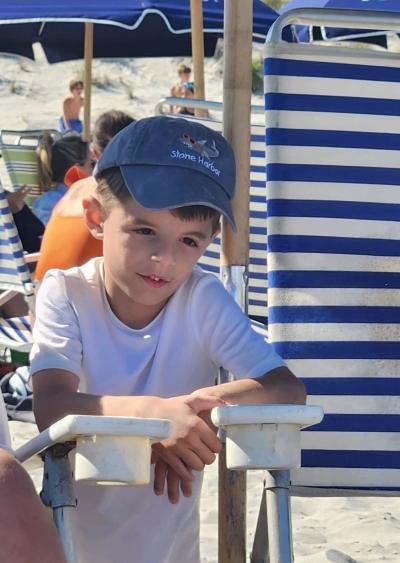
Eckman echoes this sentiment. “My only wish is that Wesley would have been diagnosed at birth through newborn screening. Often it is the intuition and perseverance of the loved one that will lead to an accurate diagnosis.”
Understanding the Rare Disease Odyssey: Newborn Screening
The newborn screening that Eckman refers to is the Recommended Uniform Screening Panel (RUSP), a list of disorders created by the Secretary of the Department of Health and Human Services for states to incorporate into their universal newborn screening programs. The RUSP currently includes 37 primary conditions and 26 secondary conditions that can cause disabilities, developmental delays, serious illness or even death without early detection and intervention. More than 12,000 infants are identified each year with a disorder due to this public health initiative.
“The RUSP is very effective, but its list of conditions hasn’t grown much, with only eight conditions added in the last 14 years,” said Stephen Kingsmore, MD, DSc, President and CEO of Rady Children’s Institute for Genomic Medicine. “The public health system does not have the resources to keep pace with drug development. The gap between what’s screened for and what should be screened for is now immense.”
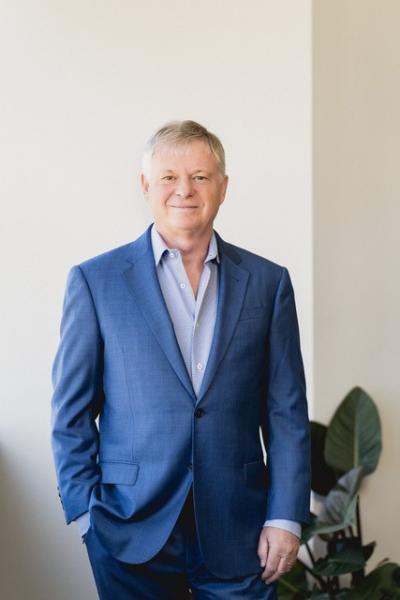
Because of the RUSP limitations, additional screening tools are critical to increase the rate and speed of diagnosis, particularly in rare disease. As evident in the journeys of Lucas, Wesley and Jaxson, early rare genetic disease detection is vital to reducing the diagnostic odyssey and managing a condition, typically leading to a lower long-term cost. Early detection can not only save lives, but also reduces healthcare spend.
Such additional screening tools that have advanced rare disease diagnosis are gene panels and whole-genome or exome sequencing (WGS or WES). Gene panel tests help pinpoint a diagnosis when a person has symptoms that may fit a wide array of conditions, or when the suspected condition can be caused by variants in multiple genes. WGS and WES analyze the bulk of an individual’s genes to find genetic variations, and are typically used when single gene or panel testing has not provided a diagnosis, or when the suspected condition or genetic cause is unclear.
However, as also evident in Lucas and Wesley’s experiences with Menkes disease, there are rare diseases that manifest very quickly after birth, so the several weeks or even months it can take to complete WGS prevents prompt diagnosis and intervention.
Advancing an Alternative: Rapid Whole Genome Sequencing
Rapid whole-genome sequencing (rWGS) is an emerging alternative to standard WGS, with the potential to provide expedited results in under 50 hours compared to several weeks. rWGS empowers medical professionals to intervene quickly and make disease-specific treatment decisions that can impact the lives of babies, children and their families.
“Results from rWGS currently allow providers to use precision care in treating sick neonates. As more therapies are being created in rapid fire for these rare diseases, making broad use of these tests will allow us to utilize these therapies for their indicated audience,” said Andrea Gropman, MD, FAAP, FACMG, FANA; Interim Director at Center for Genetic Medicine Research; Chief of Neurogenetics and Neurodevelopmental Pediatrics at Children’s National Hospital and Research Innovation Campus; Professor of Pediatrics, Neurology, Genomics and Personalized Medicine at George Washington University.
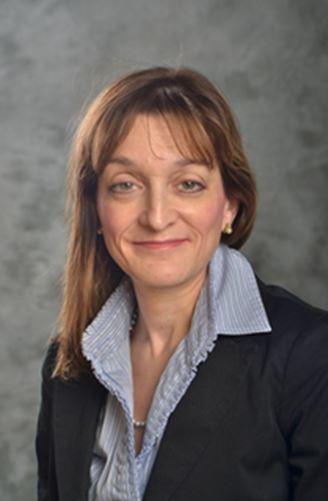
Unfortunately, there are several barriers and challenges to implementing rWGS in NICUs and medical facilities, including issues with scalability, negotiations on decision-making for ordering rWGS, and results reporting and workflow adjustment. Additionally, the lack of advocates for rWGS and the perception that results will be too complicated to interpret make it difficult to push for universal implementation.
Multiple efforts are working to advance rWGS through research, education and advocacy, such as the BeginNGS™ program at the Rady Children’s Institute for Genomic Medicine. BeginNGS strives to offer all infants and their families screening for hundreds of treatable genetic conditions that are known to be early onset, primarily impact newborns and infants, and are not included in standard biochemical newborn screening. Its goal is to end the rare disease diagnostic and therapeutic odyssey for babies and their families.
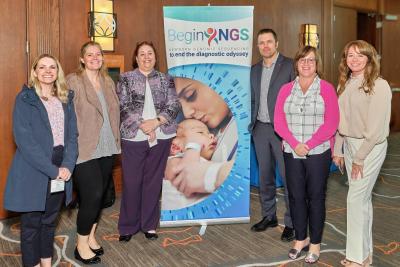
“Phase one of BeginNGS focused on answering the question, ‘Could this be done?’” said Dr. Kingsmore. “From our analysis of historical data sets, we found that rWGS is 89% sensitive and 99.7% specific, addressing previous issues of false negatives and false positives. Now in phase two, we are expanding the test to screen for more conditions, making the test more replicable, and conducting an exploratory clinical trial to prepare for an adaptive clinical trial in much larger populations that will provide the evidence for national implementation.”
BeginNGS and other multi-stakeholder collaborative efforts will be explored further in part two of this series published in FiercePharma on Sept. 25.
Continuing the Journey: Widespread Education and Use of rWGS
Early disease detection through rWGS can be critical to a newborn’s quality of life, and it should not be based on chance.
“Lucas’s diagnosis was almost entirely pure, random luck. If we had a different physician, we could’ve fumbled in the dark and might have had the same seven-year diagnostic odyssey that so many others in rare disease face,” reflected DeFabio. “However, if we had the education or genetic testing sooner, it might have shortened the time to diagnosis and lessened the worry that came with the uncertainty we were facing. We can’t expect doctors to be familiar with every rare disease, but with this form of genetic testing, they don’t have to be.”
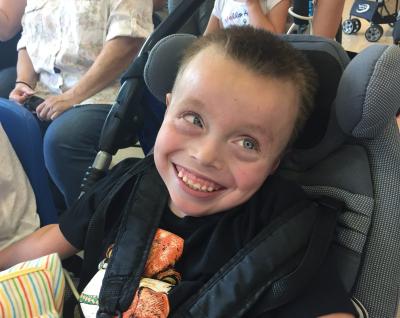
“We need to educate our administration and colleagues,” said Dr. Gropman. “There is a minority of us who work in rare disease with knowledge on rWGS technology and its potential, but a majority of NICU physicians are not familiar with it. It is important to have their support, because they’re the first ones to see these patients and the first who can advocate for this testing.”
rWGS should not only be used for critically ill newborns, but for all newborns, since disorders can manifest differently and at different rates for each person. As seen in the BeginNGS program, expanded rWGS for every newborn could potentially impact the lives of more children than experts anticipated.
“The first baby we tested in our exploratory clinical trial had a genetic disease. And so did the second baby. Now we’re 46 babies in, and 13 babies – 29% – have a genetic disorder or risk for a genetic disorder, some of which explain symptoms that people didn’t think were genetic,” said Dr. Kingsmore.
“Genetic disease is like a giant iceberg, with 99% of it under the water. We’re finding a lot more genetic disease than we ever suspected was in the population. We anticipate that this is truly going to be revolutionary for the practice of pediatrics.”